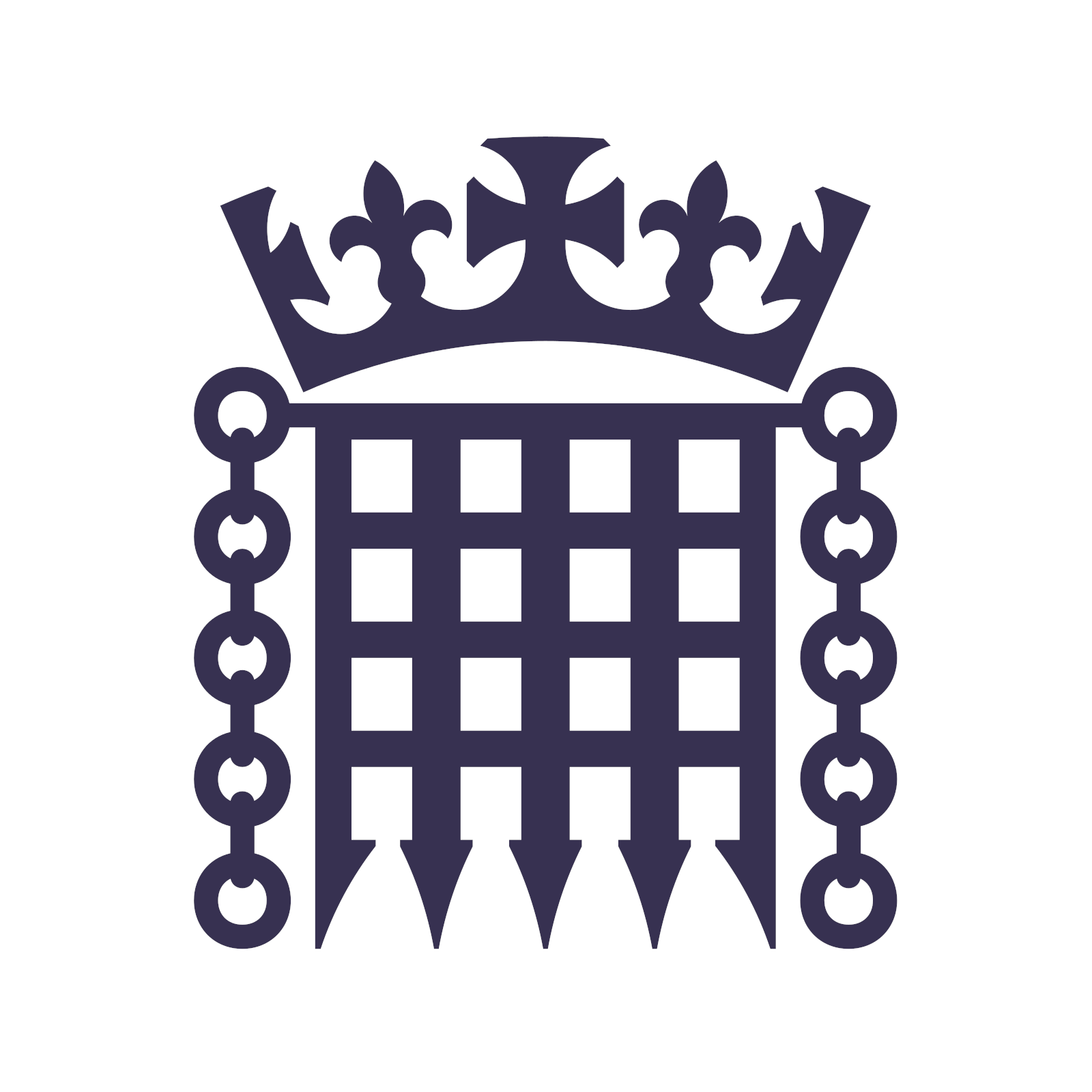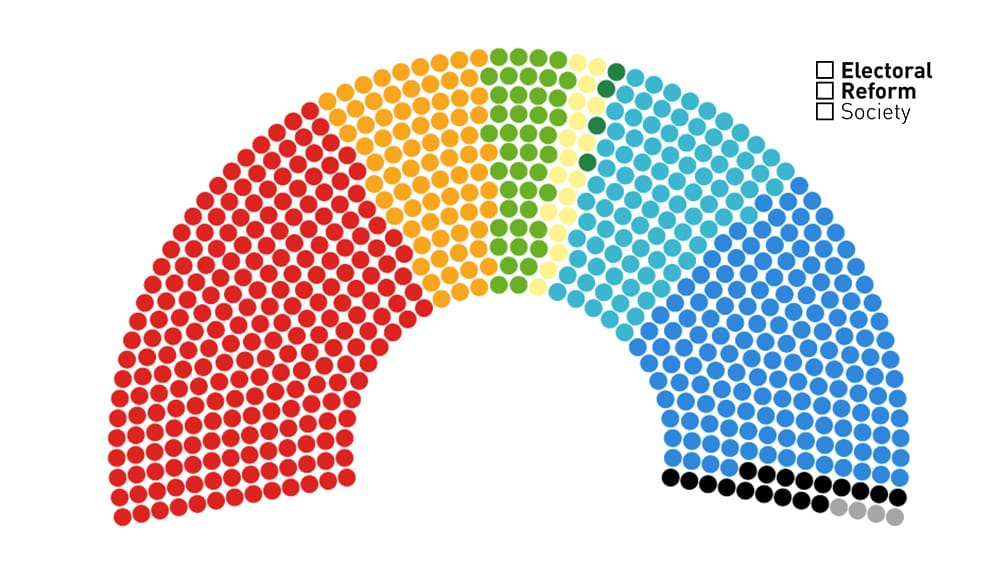A projection of how the election results would look if we used Additional Member System (AMS), like in Scotland and Wales.
*removed externally hosted image*
| Party | AMS | FPTP | Seat change |
|---|---|---|---|
| Labour | 236 | 411 | +175 |
| LibDems | 77 | 71 | -6 |
| Green | 42 | 4 | -38 |
| SNP | 18 | 9 | -9 |
| Plaid Cymru | 4 | 4 | 0 |
| Reform | 94 | 5 | -89 |
| Conservative | 157 | 121 | -36 |
| Northern Ireland | 18 | 18 | 0 |
| Other | 4 | 6 | +2 |



The far right are part of several coalitions in countries with PR, though. It doesn't vaccinate your political system against that. The main thing you can do to reduce the march of the far right is to make people feel like their lives are getting better and better.
There is an enormous difference between the far-right being part of a coalition under a fair electoral system (for completeness, this rarely happens anyway) - in which the far-right lack a parliamentary majority and can't do all the awful things they desire - and the far-right having a parliamentary majority on a minority of the vote under a FPTP system.
We have seen that, under FPTP, it's possible to win a large majority on a 35% vote share - as Labour have done twice this century (2005 and 2024). The Tories + Reform just won a 38% vote share between them, so what do you think happens under FPTP if a Suella Braverman or Priti Patel led Tory party decides to fight the next election in an electoral pact with Reform?
This is the inoculation I am talking about. If the far right get 38% of the votes, I damn well don't want them getting >50% of the seats as tends to happen in FPTP.